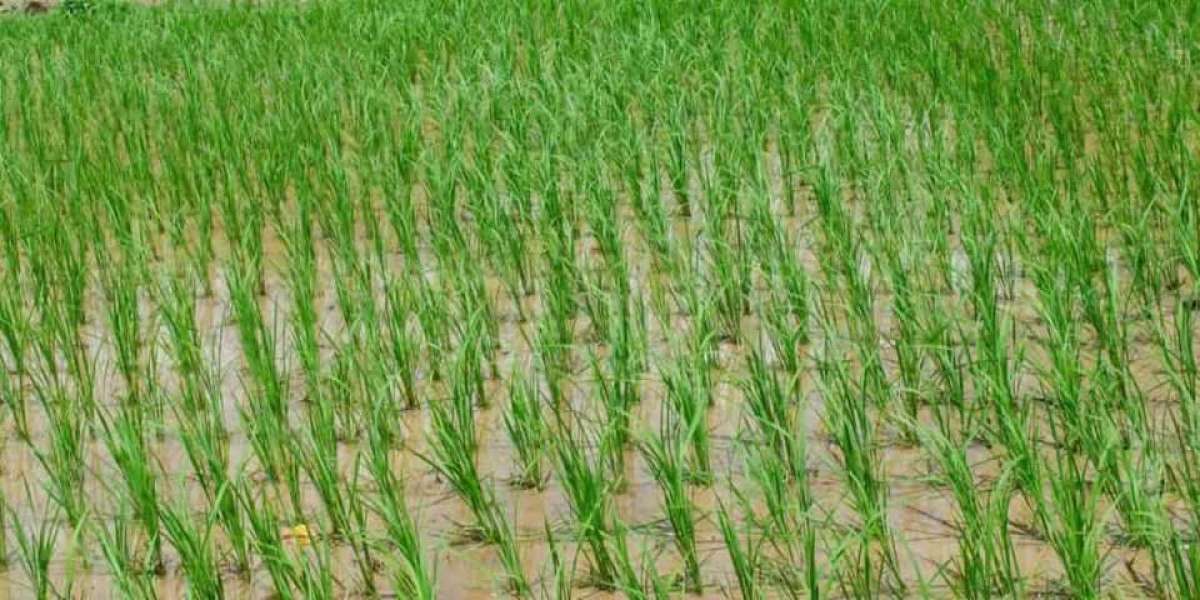Introduction
Agriculture is more than a source of food—it is the foundation of human survival and economic stability. Yet, the global agricultural system faces mounting challenges: soil degradation, nutrient depletion, climate change, and increasing demand for food from a growing population. Farmers worldwide are seeking ways to improve productivity while preserving the health of their land for future generations.
This comprehensive guide explores strategies that enhance soil fertility, maintain long-term farm productivity, and ensure environmental sustainability. Drawing from practical farming experiences, agricultural research, and environmental science, it provides an actionable framework for anyone looking to optimize crop yields without sacrificing ecological integrity.
1. Understanding Soil Fertility and Its Importance
Soil fertility is the soil’s ability to supply plants with essential nutrients in adequate amounts and proper balance for optimal growth. A fertile soil supports robust plant health, increases yield, and enhances crop resilience against pests and diseases.
Healthy soil is not just about nutrients—it is a living ecosystem composed of minerals, organic matter, water, air, and billions of microorganisms. These elements work together to cycle nutrients, improve soil structure, and maintain a stable environment for plant roots.
2. Core Components of Healthy Soil
2.1 Physical Properties
Soil texture, structure, porosity, and water-holding capacity directly affect plant growth. A well-structured soil allows air circulation, root penetration, and efficient water infiltration.
2.2 Chemical Properties
Nutrient content, pH balance, and cation exchange capacity (CEC) determine the soil’s ability to hold and supply nutrients. Proper nutrient ratios help avoid deficiencies and toxicities.
2.3 Biological Properties
Soil microbes decompose organic matter, fix nitrogen, and suppress harmful organisms. The diversity and abundance of soil life play a key role in maintaining fertility.
3. Proven Practices to Improve Soil Fertility
3.1 Crop Rotation
Rotating crops—especially mixing cereals, legumes, and root crops—reduces pest cycles, balances nutrient use, and improves soil structure. Legumes in rotation can naturally fix nitrogen into the soil.
3.2 Cover Cropping
Cover crops such as clover, rye, or vetch protect the soil from erosion, improve organic matter, and increase nutrient cycling.
3.3 Reduced or No-Till Farming
Minimizing soil disturbance preserves soil structure, prevents erosion, and protects beneficial microorganisms. Over time, this can lead to increased organic matter content and improved water retention.
3.4 Organic Amendments
Adding compost, manure, and green manures enriches the soil with nutrients and beneficial microbes. These inputs also improve soil aeration and water-holding capacity.
3.5 Integrated Nutrient Management (INM)
Combining organic and inorganic fertilizers ensures that plants receive balanced nutrition while maintaining soil health.
4. Water Management for Fertile Soils
4.1 Efficient Irrigation Systems
Drip irrigation delivers water directly to plant roots, reducing evaporation losses and nutrient leaching.
4.2 Rainwater Harvesting
Capturing and storing rainwater provides an additional water source during dry spells and helps reduce runoff.
4.3 Preventing Waterlogging
Proper drainage systems prevent excess water from suffocating plant roots and depleting oxygen levels.
5. Mid-Section Integration of Key Concept
While building soil fertility is a long-term investment, crop protection remains equally important to sustain productivity. In some cases, farmers may refer to an arysta product list when considering plant protection solutions such as herbicides, fungicides, insecticides, and biological formulations. These products, when used in accordance with integrated pest management (IPM) principles, can help protect crops without compromising soil health. By combining such targeted tools with regenerative practices, farmers can maintain both productivity and ecological balance.
6. Role of Technology in Soil Fertility Management
6.1 Precision Agriculture
GPS-guided equipment, drones, and soil sensors help farmers apply inputs precisely where needed, reducing waste and environmental impact.
6.2 Soil Testing and Mapping
Laboratory analysis and geospatial mapping allow accurate nutrient management and customized fertilization plans.
6.3 Data-Driven Decisions
Using historical and real-time data, farmers can forecast nutrient needs and adjust practices proactively.
7. Addressing Common Soil Fertility Problems
7.1 Soil Erosion
Erosion strips away fertile topsoil. Planting windbreaks, maintaining ground cover, and contour farming can mitigate this issue.
7.2 Soil Acidification
Overuse of certain fertilizers can lower soil pH. Applying lime or dolomite restores balance.
7.3 Nutrient Imbalance
Excess or deficiency of nutrients can harm crops. Balanced fertilization based on soil test results is essential.
7.4 Soil Compaction
Heavy machinery and overgrazing compact the soil, reducing root penetration. Deep tillage or planting deep-rooted cover crops can help.
8. Sustainable Practices for Long-Term Productivity
8.1 Agroforestry
Integrating trees with crops or livestock systems improves biodiversity, prevents erosion, and enhances nutrient cycling.
8.2 Conservation Buffers
Planting grass strips or shrubs along field edges filters runoff and provides habitat for beneficial insects.
8.3 Organic Farming
Avoiding synthetic chemicals and focusing on natural inputs improves soil health over time and can open access to organic markets.
9. Economic Benefits of Healthy Soil
Investing in soil fertility increases yields, reduces input costs, and improves resilience against extreme weather. Over time, fertile soils reduce dependency on expensive fertilizers and pesticides, making farming more profitable.
10. Case Studies
10.1 Smallholder Maize Farm
By introducing legume rotations and compost applications, this farm improved maize yields by 20% while reducing synthetic nitrogen use.
10.2 Commercial Vegetable Farm
Implementing cover cropping and drip irrigation improved water use efficiency by 30% and reduced fertilizer costs by 15%.
10.3 Mixed Farming System
Combining livestock manure management with precision nutrient application increased both soil organic matter and overall profitability.
11. Policy and Community Support
Government programs, farmer cooperatives, and local agricultural extension services can provide training, resources, and financial incentives for soil fertility improvement.
Conclusion
Soil fertility is the foundation of sustainable agriculture. By combining traditional practices like crop rotation and composting with modern innovations such as precision farming, farmers can build resilient, productive, and profitable systems. Tools and inputs—whether organic amendments or targeted solutions found in an arysta product list—should always be integrated thoughtfully, ensuring long-term soil health remains the priority. Healthy soils mean healthy crops, stable food supplies, and a sustainable future for generations to come.







